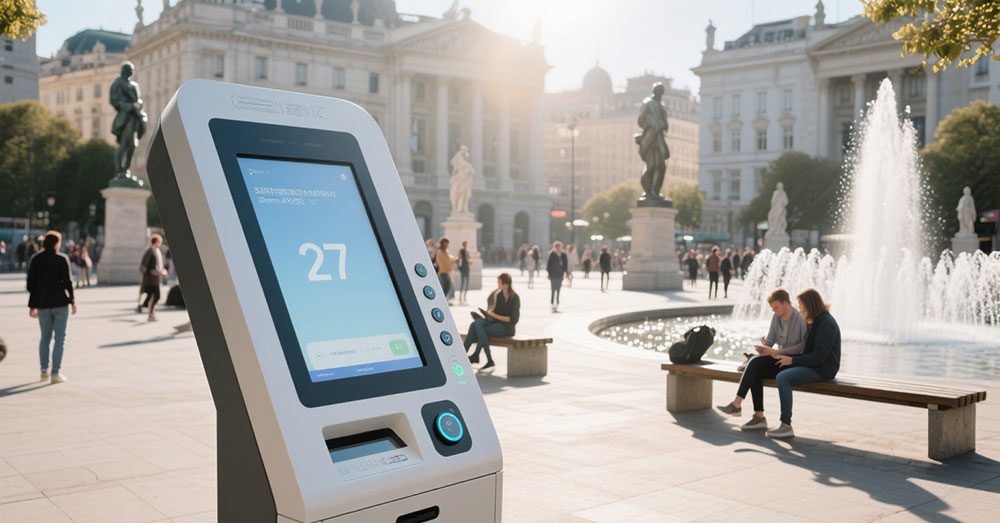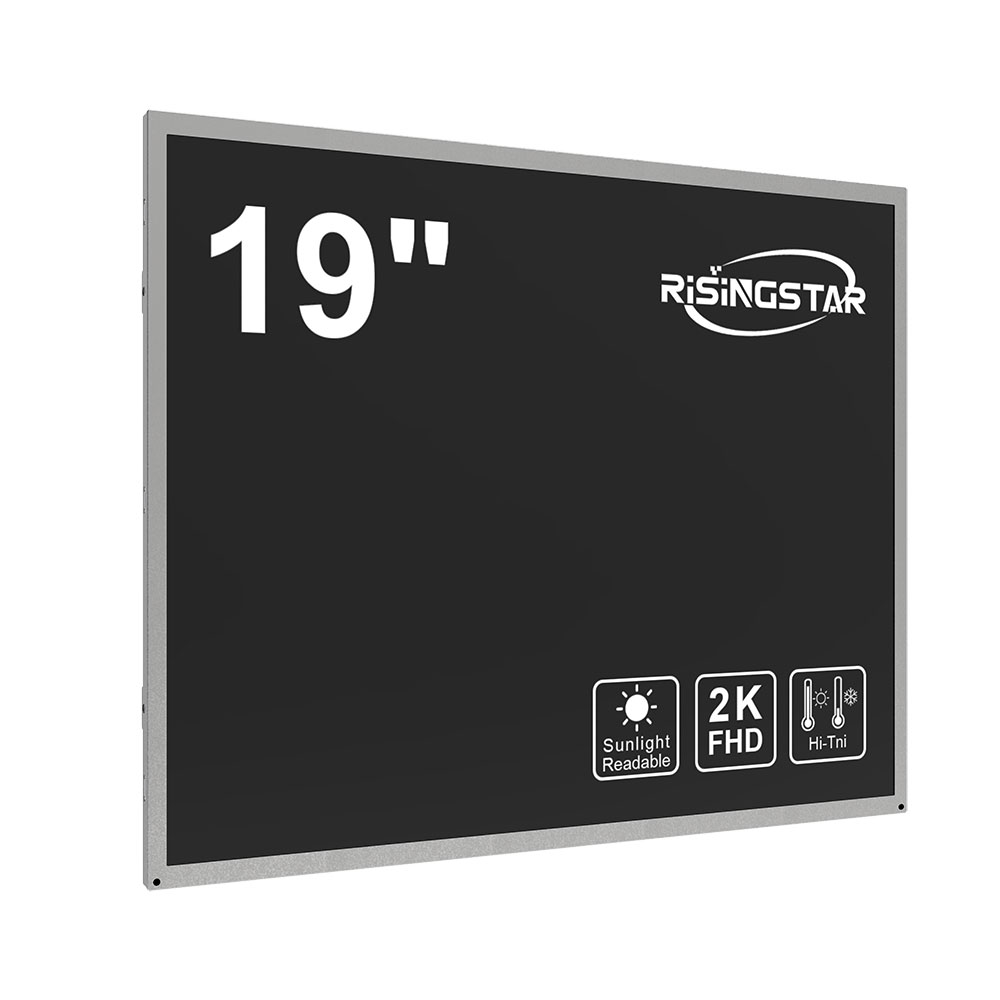소매점, 교통 허브 또는 공공 장소의 디지털 간판과 같은 상업용 애플리케이션을위한 실외 LCD 화면을 선택할 때 내구성, 밝기 및 환경 복원력을 우선시하는 것이 중요합니다. 실내 디스플레이와 달리 실외 스크린은 고온, 습도, UV 노출 및 물리적 충격을 포함한 극한의 기상 조건을 견뎌야합니다.
제 1 임계 인자는 휘도이다. SMPTE (Society of Motion Picture and Television Engineers) 에 따르면 실외 디스플레이는 직사광선 아래에서 볼 수 있도록 최소 5,000 니트의 밝기를 가져야합니다. 많은 상업용 실외 LCD는 이제 7,000 nits를 초과하여 정오에도 선명도를 보장합니다. 예를 들어 LG의 실외 디스플레이 시리즈와 삼성의 The Wall은 주변 조명 수준에 따라 동적으로 조정하는 적응 형 밝기 제어를 제공합니다. 이 기능은 가시성을 손상시키지 않으면 서 전력 소비를 최대 30% 까지 줄이는 것으로 입증되었습니다.
다음으로 디스플레이의 IP 등급을 고려하십시오. IP65 이상의 등급은 비가 자주 내리거나 습도가 높은 지역에 중요한 워터 제트에 대한 먼지 밀착 및 보호를 나타냅니다. 소금 스프레이가 부식을 가속화하는 마이애미 나 싱가포르와 같은 해안 지역에서는 최소 IP68 등급을 권장합니다. Tokyo Metro의 사례 연구에 따르면 IP68-rated 패널을 사용하면 표준 IP54 장치에 비해 유지 보수 비용이 40% 이상 감소했습니다.
환경 저항은 또한 온도 공차를 포함한다. 산업용 실외 LCD는 일반적으로-30 ° C에서 70 ° C 사이에서 작동합니다. 이 범위는 북극 겨울 조건과 사막 여름 더위에서 일관된 성능을 보장합니다. 예를 들어, 두바이의 지하철 시스템에 사용 된 PVI의 산업용 모니터는 50 ° C를 초과하는 여름 피크 동안 안정적인 작동을 유지했습니다.

또한 전력 효율이 중요합니다. 에너지 스타 인증 실외 LCD는 인증되지 않은 모델보다 최대 25% 적은 전력을 소비하여 장기 운영 비용을 절감합니다. LED 백라이트 패널은 더 나은 에너지 효율과 더 긴 수명 (종종 100,000 시간 초과) 으로 인해 CCFL보다 선호됩니다.
마지막으로 설치 유연성과 원격 관리 기능이 ROI를 향상시킵니다. 최신 실외 디스플레이는 PoE (Power over Ethernet) 를 지원하고 Scala 또는 SignageLive와 같은 클라우드 기반 콘텐츠 관리 시스템과 통합하여 여러 위치에서 실시간 업데이트를 가능하게합니다.

요약하면 올바른 실외 LCD 화면을 선택하려면 밝기, 진입 보호, 열 복원력, 에너지 효율 및 스마트 연결을 평가해야합니다. 모두 IP 등급에 대한 IEC 60529 및 밝기의 경우 SMPTE ST 2041-1 과 같은 국제 표준과 일치합니다. 이러한 요소는 까다로운 상업 환경에서 최적의 성능, 수명 및 비용 효율성을 보장합니다.







